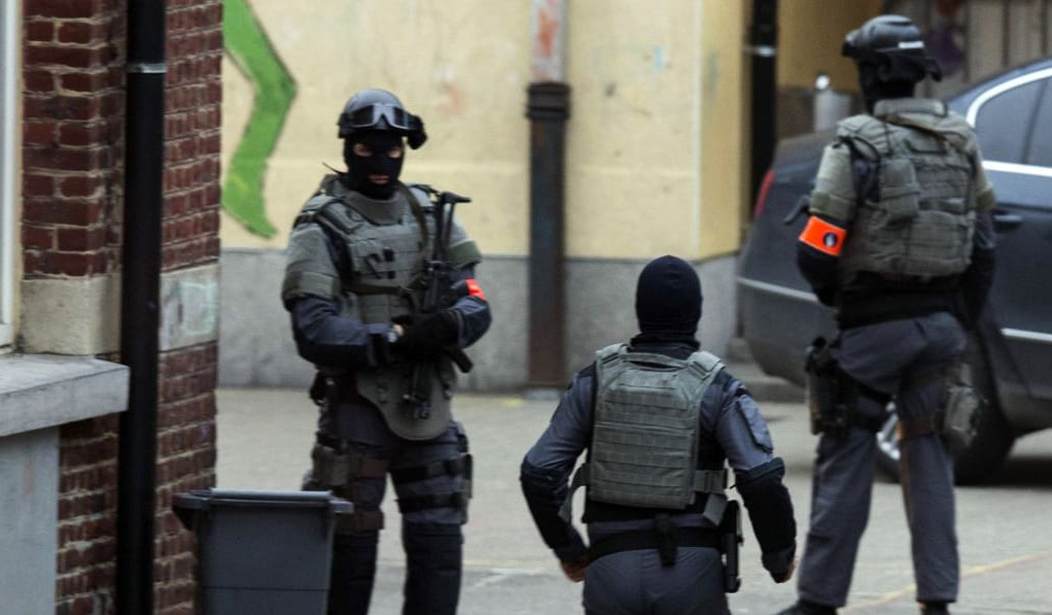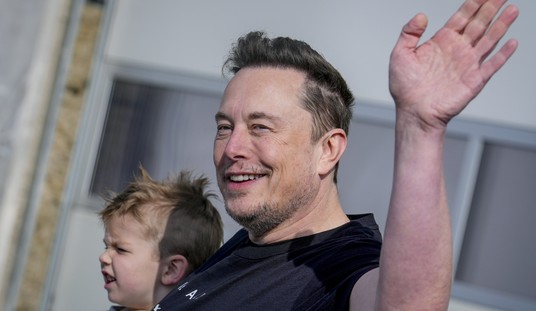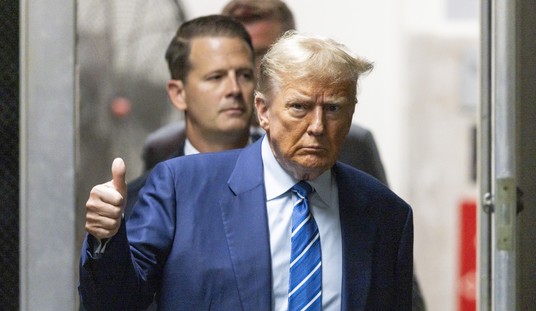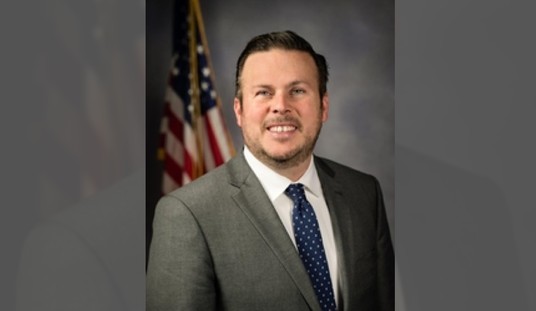Last week’s Brussels jihadist bombings, and their links to December’s Paris attacks that, similarly, appear to have been coordinated by the Islamic State terror network, spotlighted the challenge posed by Europe’s unassimilated Muslim communities. As I observed in a recent column, the threat posed by radical Islam is not limited to “violent extremists” (the Obama administration’s preferred sanitization of the term “jihadists”); it is exacerbated by the support system the jihadists enjoy in Muslim enclaves that share their sharia-supremacist ideology.
The terrorism in Europe prompted no shortage of discussion about American counterterrorism, including the suggestion by Ted Cruz (on whose presidential campaign I am an advisor) of stepped up surveillance of Muslim communities. In the aforementioned column, I explained that Senator Cruz’s proposal was a prudent call for recommitting to the intelligence-based post-9/11 counterterrorism that aimed to prevent terrorist attacks; that would be a departure from the 1990s Clinton approach, which regarded terrorism as a law-enforcement problem – meaning investigators generally did not kick into gear until after mass-casualty attacks had occurred. Cruz has also penned an op-ed fleshing out his thoughts on the subject.
An obvious question arises: Can the proliferation of Islamic enclaves that has occurred in Europe happen in the United States? For now, the situations are not comparable. The U.S. has a vastly larger population than any individual European country; and compared to Europe, we are geographically remote from the Middle East. Muslims make up only about one percent of our population (as opposed to ten percent of France’s), and because we have historically been a melting pot for diverse immigrant populations, we do a better job of assimilating Muslims into our society than the Europeans have.
Still, as I outlined in my 2010 book, The Grand Jihad, a major challenge of radical Islam’s “civilizational jihad” against the West (to borrow the Muslim Brotherhood’s description of its objective in America) is voluntary apartheid. That is the strategy by which Muslims of the fundamentalist bent integrate but quite intentionally resist assimilation. It is very difficult to assimilate a subpopulation that comes to a host country with the specific intention of changing the country rather than becoming part of that country’s culture.
So is there a large enough, determined radical Islamic faction in the U.S. to trigger the development of sharia-supremacist enclaves – many of which, in Europe, have become “no go zones” hostile to the police and other government authorities?
In a report published today, the Clarion Project’s Ryan Mauro contends not only that it could happen here but that it is already happening, and has been for some time. He points to Jamaat al-Fuqra, a Pakistani Islamic-supremacist group that has rebranded itself as “Muslims of the Americas.” The group claims to have established 22 “Islamic villages” in this country, the best known of which is “Islamberg,” the group’s headquarters in upstate New York. Mauro’s report, using Fuqra’s own literature, demonstrates that the point of these villages, which are set up in rural areas remote from big cities, is for Muslims to separate themselves from Western society and govern their affairs under sharia – which includes setting up Islamic courts and implementing some of sharia’s corporal punishments (although not executions and the severing of limbs, which would be such obvious violations of American criminal law that they would prompt responsive police action).
The Clarion report reminded me of the Islamization of the Bridgeview suburb of Chicago, which I related in The Grand Jihad:
In 1981, the Muslim Brotherhood enjoyed a middle American coup, using the [North American Islamic Trust – a Brotherhood organization that buys up American real estate for the establishment of mosques and Islamic community centers] to wrest the Bridgeview Mosque in Chicago from its moderate founders. The mosque became an anchor for the Brotherhood’s voluntary apartheid strategy.
As the Chicago Tribune reported in 2004, the mosque’s leaders “are men who have condemned Western culture, praised Palestinian suicide bombers and encouraged members to view society in stark terms: Muslims against the world.” Those leaders drove out moderates, they enforced Islamic dress codes and strict separation of the sexes, and they imported Salafist clerics, whose salaries were paid by Saudi Arabia. [Salafism is a fundamentalist form of Sunni Islam.] The mosque’s communiqués reeked of Brotherhood’s doctrine: one brochure, for example, warned that Chicago Muslims were at risk of “melting in the American society, culture and lifestyle”; a plea to a Saudi charity sought funding “before it becomes too late and we may lose our children because they are living in an unIslamic society.”
Most apparently, a swath of America’s fourth largest city was radically transformed. As the Tribune recounted:
A whole new community sprang up. The area became an upscale enclave, featuring new houses with Arabic script over the doors and sparkling chandeliers. Mosque leaders built two schools and started a youth center for basketball and religious classes. New clothing stores, groceries and restaurants opened in Bridgeview. A floor-covering store turned into a Middle Eastern restaurant. A music store became an Islamic hair salon.
Men who attended the mosque grew their beards and traded their T-shirts for long tunics. Women draped themselves in loose, ankle-length robes.
Cook County was fast becoming home to more Palestinians than any other part of the nation. And the mosque was now one of the area’s largest Islamic centers.…
Most non-Muslims moved away from the mosque neighborhood, frustrated by traffic jams on Fridays and the call to prayer that rang out over mosque loudspeakers. Muslims were happy to take their places…. Some immigrants moved there to be near relatives. Some felt persecuted by the backlash against Muslims during the first gulf war. Others wanted to protect their families from what they saw as the increasing immorality of American culture.
[One woman] came to the mosque because of her oldest daughter. [She] worried about the 3rd grader’s fitting in at a public school and enrolled her in one of the mosque Islamic schools. [The woman], who had only prayed at home before, started attending the mosque and covering her hair.
“I started to understand that this was a way of life,” she recalled. “For me, this mosque became a place of tranquility.” Still others joined the mosque because they liked the pro-Palestinian politics, sermons in Arabic and what they saw as its authentic interpretations of the Koran, the Muslim holy book. “The community was serious about Islam,” [one] worshiper recalled. “It was easier to practice the faith here.”
It was also easier to join the Muslim Brotherhood there. After his arrest in Gaza for helping finance Hamas operations, Muhammad Salah, a Chicago academic (what else?), told Israeli authorities that he’d been recruited into the Brotherhood by Jamal Said, an imam at the Bridgeview Mosque whose salary was subsidized by the Saudi regime. Salah eventually became a top aide to Mousa Abu Marzook [a top Hamas leader and Brotherhood official who lived in the U.S. for many years and was key to establishing the Brotherhood’s American infrastructure], who incorporated him into the “Palestine Organization,” a precursor of Hamas. He confessed to the Israelis that Marzook had sent him to the Palestinian territories four times between 1989 and 1993 to fund the terrorist group’s military operations. (See here and here.)
Salah spent five years in Israeli custody. He was eventually indicted in the United States for racketeering in connection with his admitted Hamas activities. He ultimately retracted his confession, but his main defense at trial was that he’d withdrawn from the Hamas enterprise, not that he’d never been part of it. He was acquitted of the racketeering charges but convicted of obstructing justice for lying under oath about his Hamas fundraising activities. He was sentenced to 21 months’ imprisonment and fined $25,000. The Bridgeview Mosque encouraged worshippers to help his defense organized a campaign as the result of which hundreds of letters were submitted to the court on his behalf, pleading for leniency in the imposition of sentence.
Don’t think it could happen here?








Join the conversation as a VIP Member